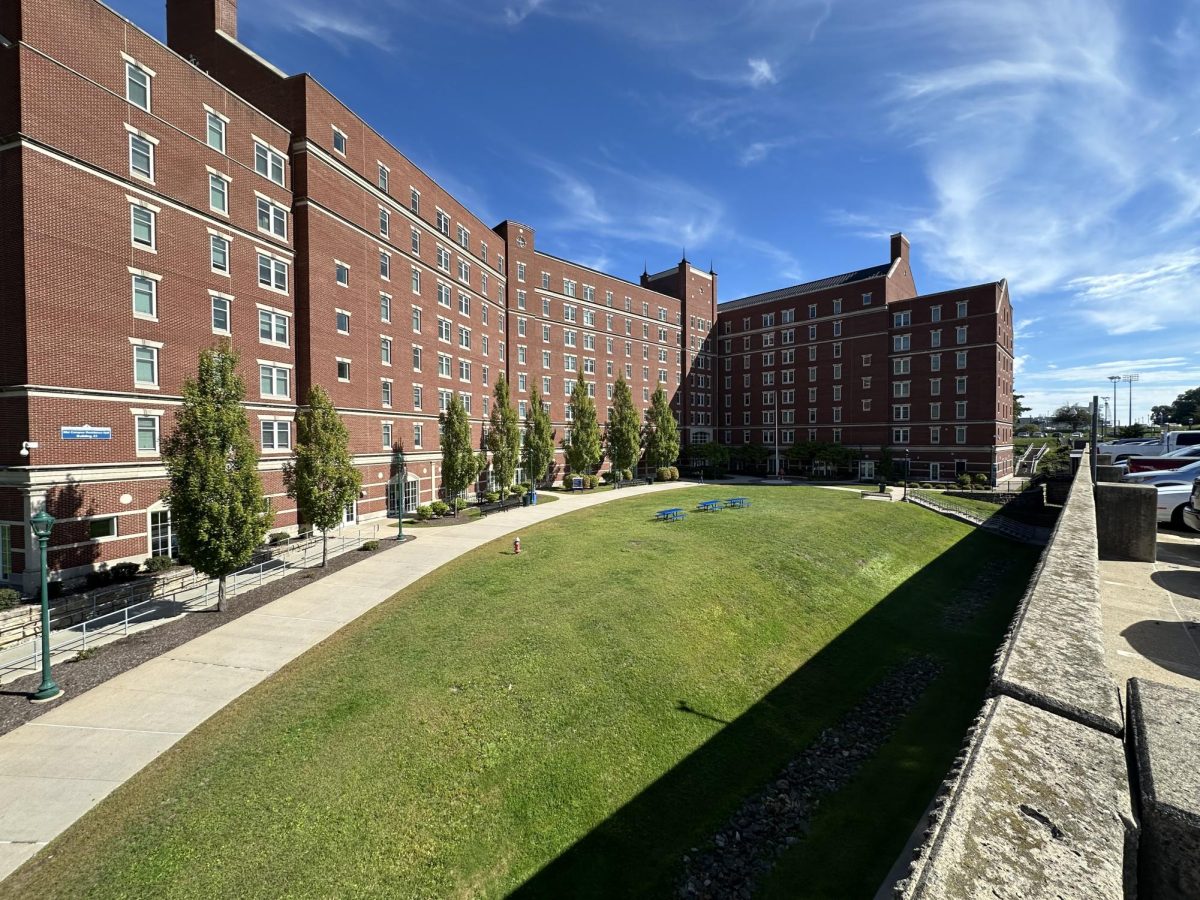By Sara Berry
Homeowners around CCSU told committee members at Monday’s Town and Gown meeting that the partying situation has improved around campus and the effort should continue as new students move into the area in the fall.
Jonathan Pohl, Alcohol and Other Drug Education Coordinator, said the number of parties has decreased, as have the number of students who receive multiple violations.
“Some of the students I work with are quite surprised to see that their drinking is much greater than the average student,” Pohl said.
Pohl said the Town and Gown committee has long discussed the issue of publishing a list of houses where large parties occur. The committee reached a decision that may lead to a log being placed on the police department website that would list dates, addresses and the numbers of individuals who received citations at the specific incident.
Nevertheless, New Britain Police Department Detective Michael Cumminskey said that response has been positive as of late, from both students and parents.
“We try to instill in [the students] that we’re not here to make your lives miserable,” said Cumminskey. “This past Thursday, I think every student except for one that I gave a ticket to said thank you. I’ve never been thanked so much.”
CCSU Police Sergeant Jerry Erwin said he has seen an increase in calls from parents of CCSU students.
“The parents are very thankful for being notified,” Erwin said. “Not one of them was complaining that the police were the bad guys.”
One proposal discussed to curb the partying atmosphere on and off-campus is to reach out to students before they get to CCSU.
Cumminskey said that many of the students that he encounters in party situations are from the same general area of the state, and Cumminskey and Erwin expressed an interest in speaking to high school students from towns that make up a large percentage of CCSU students.
Laura Tordenti, vice president of student affairs, noted that Assistant of Student Affairs Ramon Hernandez and the police have plans to reach out to students during orientation.
One of the key programs of the Office of Alcohol and Other Drug Education is a social norms campaign targeted at students whose perception is that that majority of their peers are drinking and changing that perception.
The office recently launched the campaign slogan “Dare to be a Blue Devil,” where the positive statistics about the majority of Blue Devil behavior are emphasized, such as the fact that 80 percent of students surveyed have never gotten in trouble with university authorities, most Blue Devils don’t drink and drive and that 75 percent of Blue Devils do not have poor test scores due to alcohol.
“There’s a mindset out there [that] this is college, and for some people, that’s their view of college is drinking and partying and sex and everything that goes with it,” said Jason Powell, chief of police at CCSU.
One of the goals of the Office of Alcohol and Other Drug Education is to change that mindset, according to Powell.
Committee members also discussed safety issues on Paul Manafort Drive following two accidents where pedestrians were struck by vehicles on the road bordering campus.
Committee members and members of the community addressed issues such as excessive speeding, deficient lighting and jaywalking students.
Pohl said that one danger is students who cross the streets in dark areas and outside of crosswalks. Five street lights on a stretch of Paul Manafort Drive are not working, according to Pohl, and the university has petitioned Connecticut Light and Power to fix malfunctioning street lights.
One suggestion for increasing safety on Manafort Drive is increasing the number of tickets issues to those who cross outside of crosswalks and put themselves in danger by jaywalking. Another suggestion called for speed bumps, increased signage near crosswalks and the addition of several stop signs.
“We did [ticket for jaywalking] some years back, but as soon as a few faculty members were given tickets for jaywalking, that activity pretty much stopped,” said Erwin.
“Traffic calming is basically some relatively inexpensive engineering solutions that slow down the flow of traffic,” Powell said. “For example, you might…create some bicycle lanes or some parking areas to limit the appearance…that you can go through fast. Or you might, using some graphics, make it appear as there are speed bumps there when in fact there are none. Or some islands…these things were discussed a few years ago.”
While Town and Gown may be able to voice their ideas, Powell said that decisions on how to deal with problems on Paul Manafort Drive will have to be reached in agreement with the university. Any proposals to improve safety on the state road would need to be approved in conjunction with the CCSU Master Planning Committee, facilities management, the city of New Britain and the state of Connecticut.

